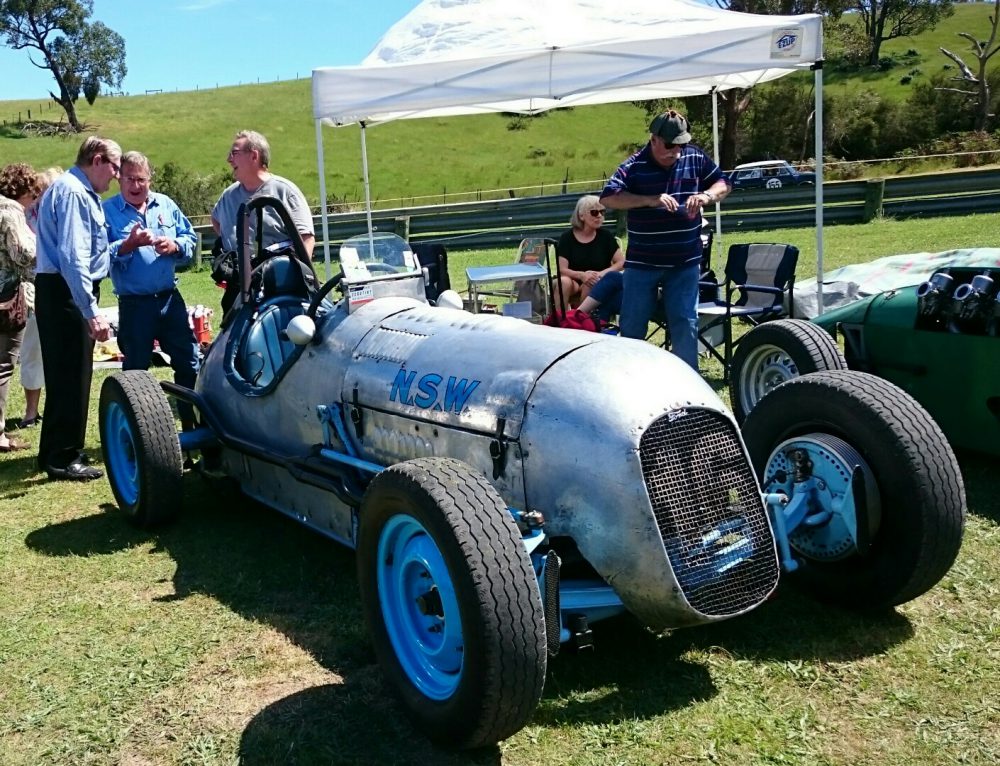

The direct-injection systems differed from a pressure carburetor in that the fuel is introduced just up stream from the intake valve in the inlet port in each individual cylinder head in the direct fuel injection system, as opposed to the pressure carburetor where the fuel is introduced at the carburetor. Using the same principles as the pressure carburetor to measure air flow into the engine, the distributed fuel injection system used individual fuel lines to each cylinder, injecting the fuel at the intake port. In the last years of World War II, aircraft engines that exceeded a specific horsepower of greater than 1.0, were equipped first with distributed fuel injection and later with direct injection, which became the fuel system of choice.

These floatless pressure carburetors are the topic of this article. It could be looked upon as the mechanical counterpart of today's electronic fuel control system. The floatless pressure carburetor was the progenitor of today's single-port fuel injection, and was a big step forward in fuel delivery technology. After 1938, high performance aircraft engines were equipped with floatless pressure carburetors, especially those used in combat aircraft. These were typically conventional float-type carburetor that were not much different than those found on automobiles or farm tractors of that time, except for size. The first type was manufactured for low performance aircraft engines and virtually all aircraft engines produced before 1938. The Bendix Corporation marketed three types of aircraft fuel systems under the Bendix-Stromberg name:

Cut-away Bendix-Stromberg PD12-F13 from a Pratt & Whitney R-2000 radial engine


 0 kommentar(er)
0 kommentar(er)
